Do you require any assistance? Simply reserve your appointment online below
Knee pain Treatment
Effective pain relief treatment
Knee pain is one of the most common orthopedic problems for people of all ages. Your knees bear the most weight of any joint in your body. They’re responsible for balance and stability and are in constant demand.
Dr. Maru, a knee specialist in Nairobi, Kenya at NSOC is an expert in knee pain treatment and knee injury recovery. Using a blend of diagnostic expertise and physical therapy .Orthopaedic surgeons at NSOC skillfully restore pain-free knee function.
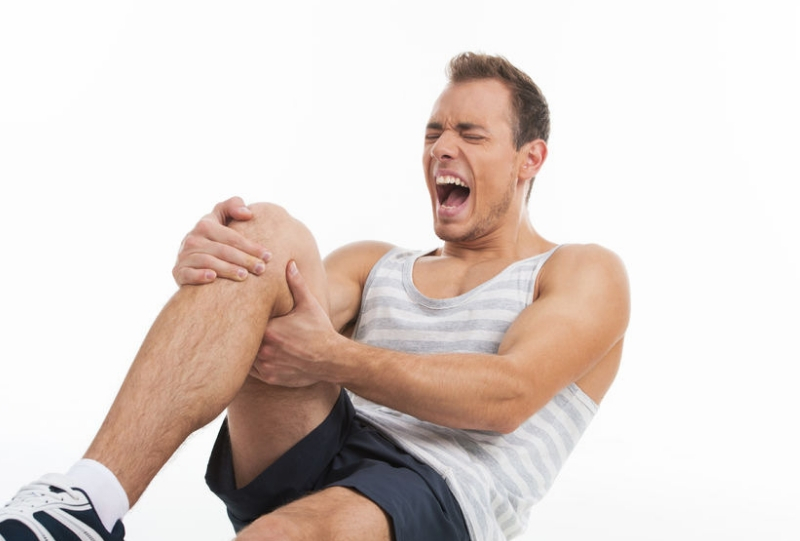
Causes of Knee Pain
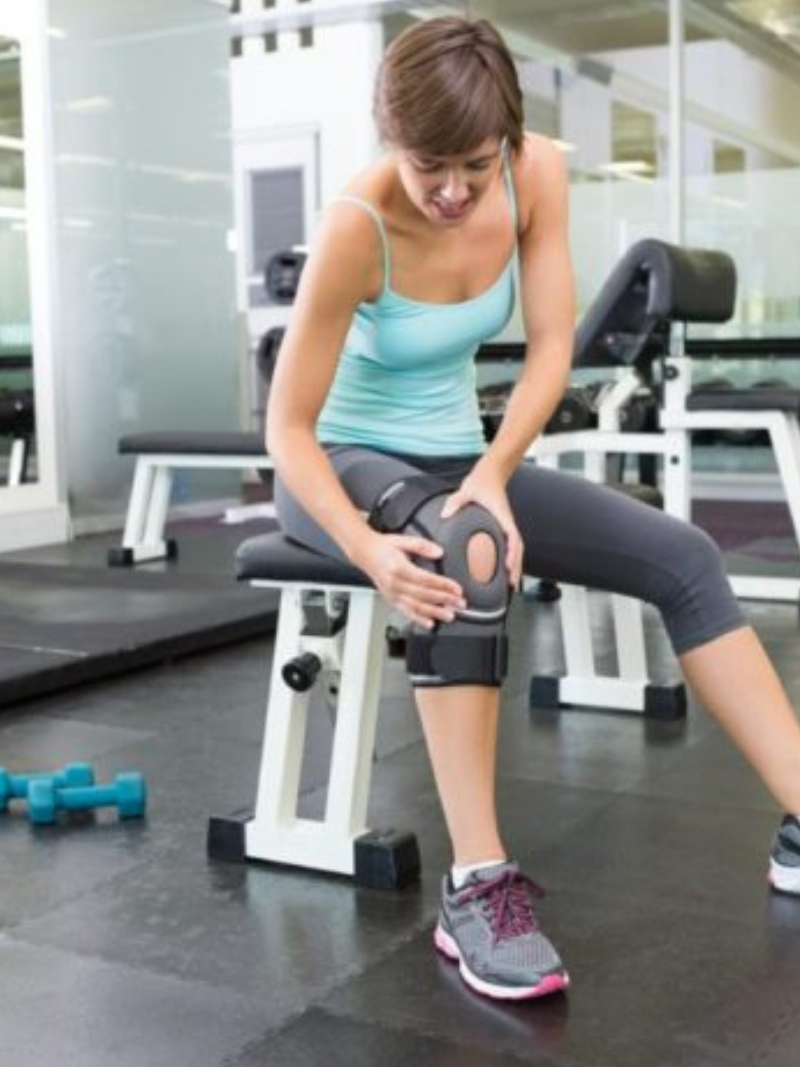
Knee pain may be due to a number of causes.
Injury related causes include damage to knee structures, including bone, cartilage, ligaments, tendons or muscles and bursitis, which is inflammation of the fluid filled sacs that cushion the knee (known as bursae).
Arthritis related causes include osteoarthritis, rheumatoid arthritis and gout.
Other causes include:
- Patellofemoral pain syndrome: pain around the kneecap (patella) where it runs over the end of the thigh bone (femur), sometimes due to the kneecap being poorly aligned
- Pain referred from the hip or lower spine.
Risk factors of knee pain
A number of factors can increase your risk of having knee problems, including:
Excess weight. Being overweight or obese increases stress on your knee joints
Certain sports, for example skiing and basketball
Previous injury. Having a previous knee injury makes it more likely that you’ll injure your knee again.
Lack of muscle flexibility or strength. A lack of strength and flexibility are among the leading causes of knee injuries. Tight or weak muscles offer less support for your knee because they don’t absorb enough of the stress exerted on the joint.
Uneven legs or other problems.
Types of knee pain
Any number of the components that make up your knee joint can be damaged by overuse, sports activities, or simply through the wear and tear of aging.
Knee pain can occur laterally or medially and be unilateral or bilateral. In either case, the location of your knee pain can provide clues as to what may be wrong.
NSOC specialists in Kenya give patients one convenient place to go for knee care. You can see an orthopedic specialist, get your imaging tests, have outpatient procedures and go through rehabilitation — all under one roof.

Learn more about the types of knee pain
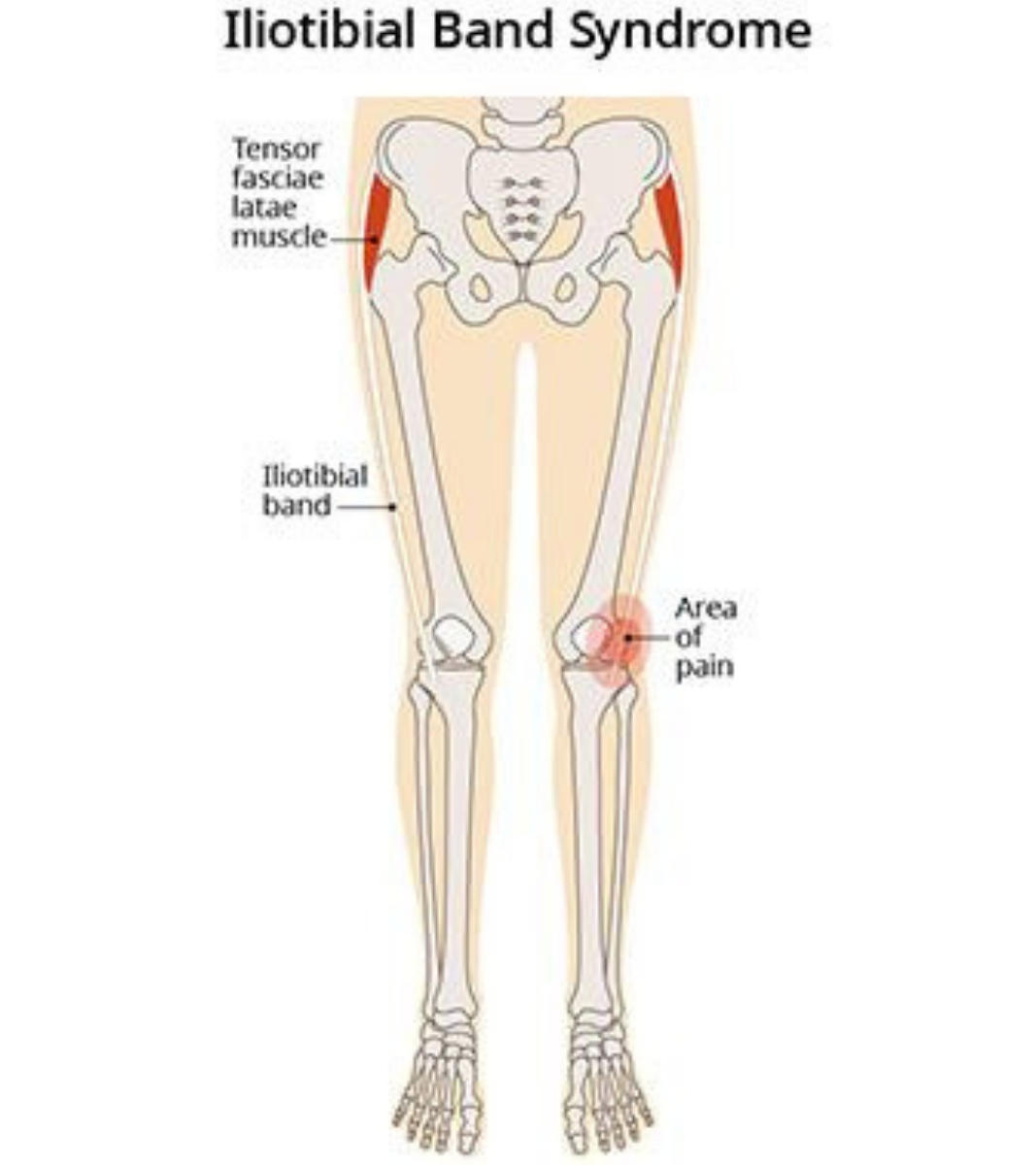
Lateral Knee Pain
Lateral knee pain refers to soreness that occurs on the outer part of your knee closest to your hand
Among the most common causes of pain on the outside of your knee are lateral cartilage injuries, including an injury to your lateral collateral ligament (LCL). The main cause of LCL injuries is a sudden impact or trauma to the inside of your knee, which might occur during a tackle or sudden twisting motion.
Iliotibial band syndrome (ITBS) is a very common knee injury among distance runners and cyclists, which causes outer knee pain.
A lateral meniscus tear is another injury that stems from a sudden force or twist of your knee, though this can also occur due to the natural aging process.
Medial Knee Pain
Medial knee pain is pain that occurs on the inside of your knee. Inner knee pain can be due to a number of problems, including MCL injuries, medial meniscus tears, Pes anserine bursitis and medial plica irritation.
Medial prica are very thin folds of your joint lining, or synovial tissue, which cover the medial part of your knee.
A medial collateral ligament (MCL) sprain or tear are two of the most common causes of interior knee pain. This ligament runs up the inside of your knee joint and helps stabilize the inside of your knee. MCL injuries typically occur when there is a direct force to your outer knee, such as a bad skiing wipeout. This can overstretch or even tear your inside ligament.
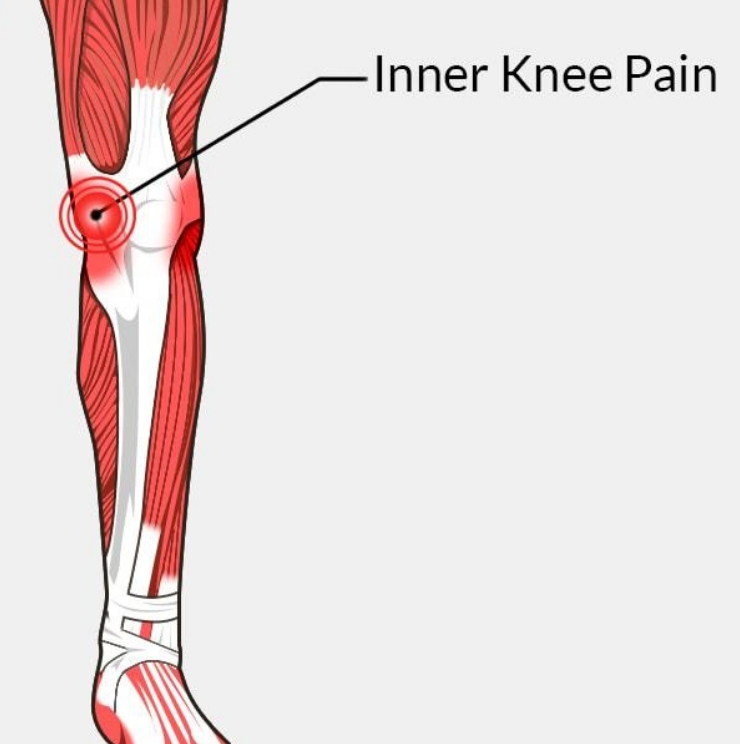
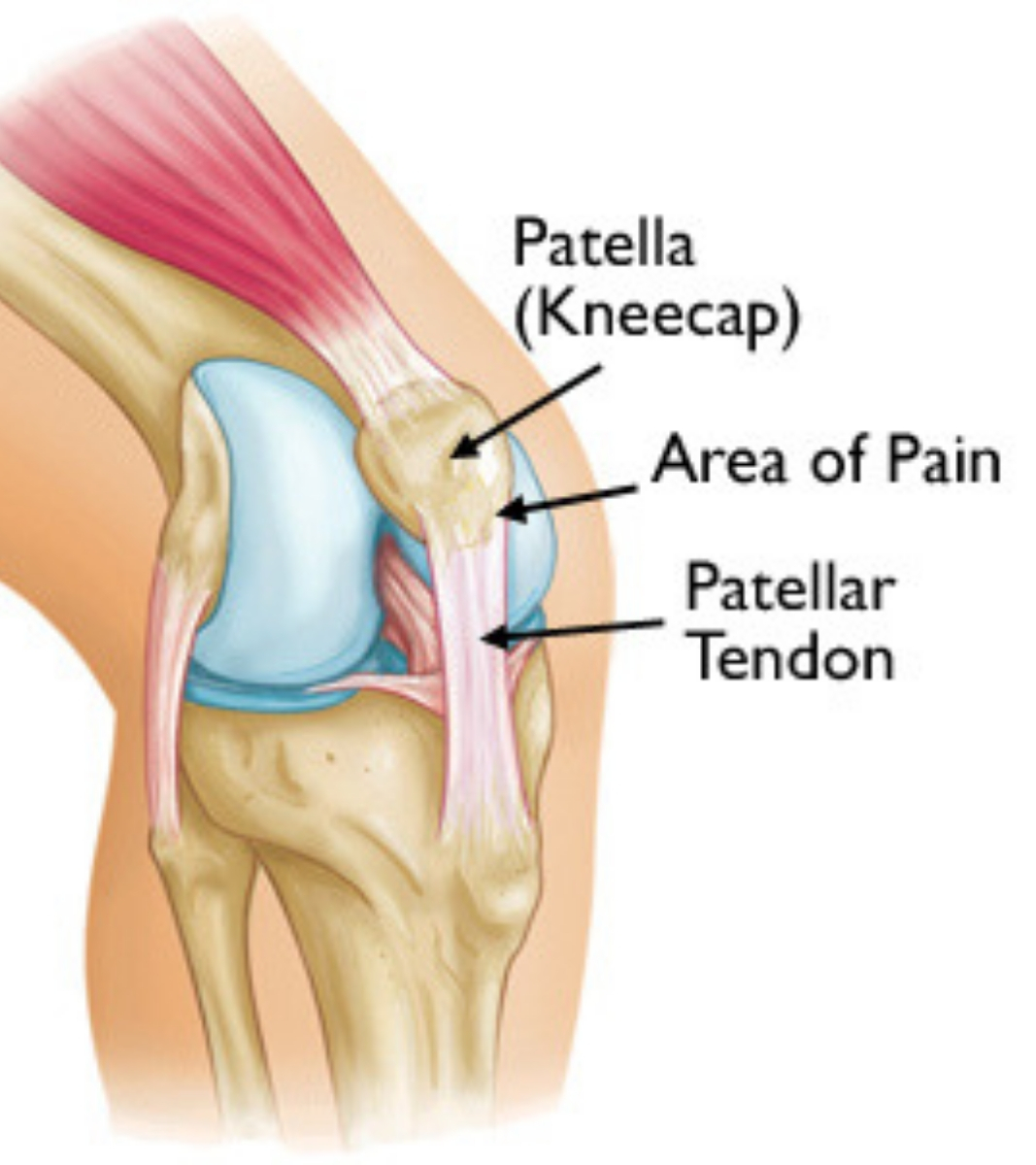
Anterior Knee Pain
Pain located at the front (anterior) part of your knee, can be caused by a number of things, such as a dislocated patella, tight muscles, overdoing your workout, or muscle imbalances, to name a few. Most commonly, anterior pain stems from troubles with your kneecap (patella) and patella tendon.
Patellofemoral pain syndrome (PFPS), commonly referred to as runner’s knee, or inferior knee pain is a generic term used to describe pain located in the front of your kneecap (patella). It occurs when your kneecap comes in contact and rubs against your femur (thigh bone).
Jumper’s knee, or patellar tendonitis, is another relatively common source of pain located on the front side of your knee, just below your kneecap. More specifically, patellar tendonitis results from the patellar tendon being overused and over stressed.
Posterior Knee Pain
Posterior knee pain refers to pain located behind your kneecap (popliteal). Knee pain more commonly presents itself in the anterior, medial, and lateral aspect of your knee and less often in the posterior aspect of your knee.
Biceps femoris tendonitis (hamstring tendonitis) is the most common overuse injury at the back of your knee. The tender area associated with biceps femoris tendonitis is located towards the outer backside of your knee.
A Baker’s cyst or popliteal cyst is a prominent swollen bulge on the back of your knee. It is usually caused by a problem with your knee joint, such as arthritis or a cartilage tear.
Other causes of posterior knee pain include the hamstring injury and the calf muscle swelling.
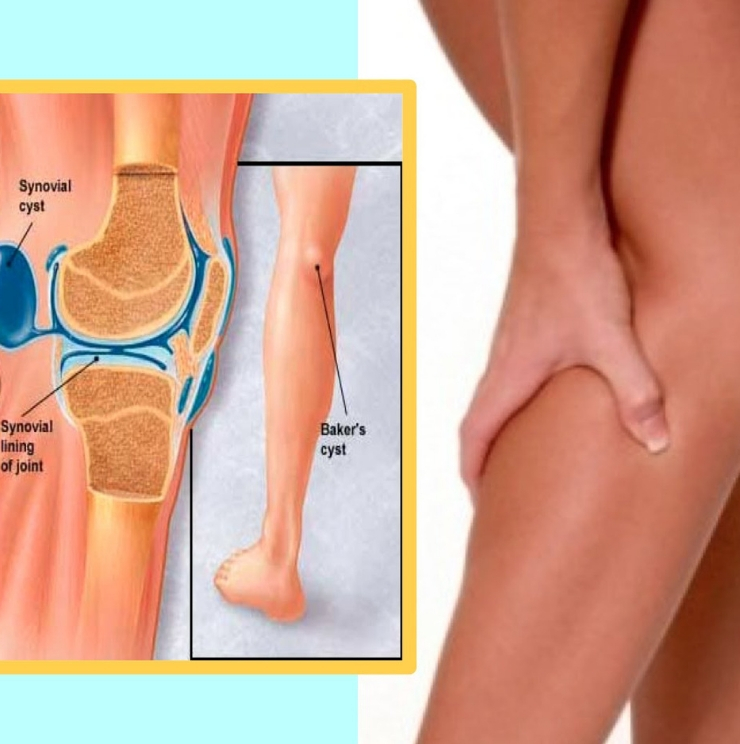
Better care, better health, better you
Diagnosis & Treatment of Knee Pain
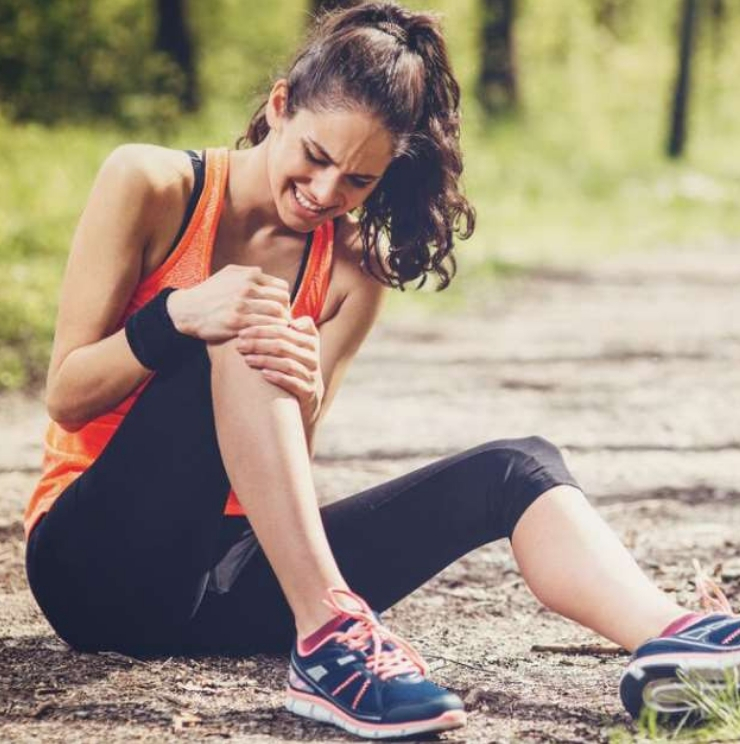
Your doctor will talk to you and examine your knee.
Your doctor may order some tests including:
- imaging, such as an x-ray, ultrasound or MRI scan
- If your doctor suspects an infection, gout or pseudogout, you’re likely to have blood tests.
- A knee joint aspirate or arthrocentesis, a procedure in which a small amount of fluid is removed from within your knee joint with a needle and sent to a laboratory for analysis can be recommended.
Knee Pain Treatments
Treatments will vary, depending upon what exactly is causing your knee pain.
Treatment may include:
- medicines, such as pain killers and anti-inflammatories
- In some cases, your doctor may suggest injecting medications or other substances directly into your joint
- strapping or a brace to support the knee
- foot orthotics to improve the way you walk
- physiotherapy
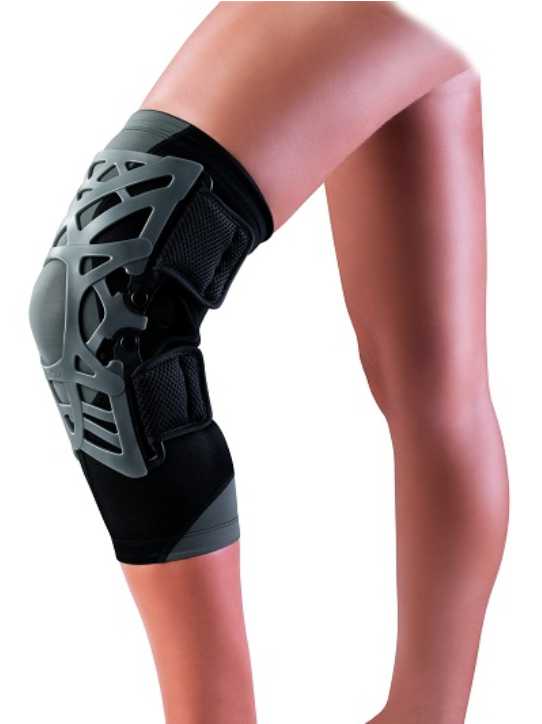
Surgical treatment of knee pain
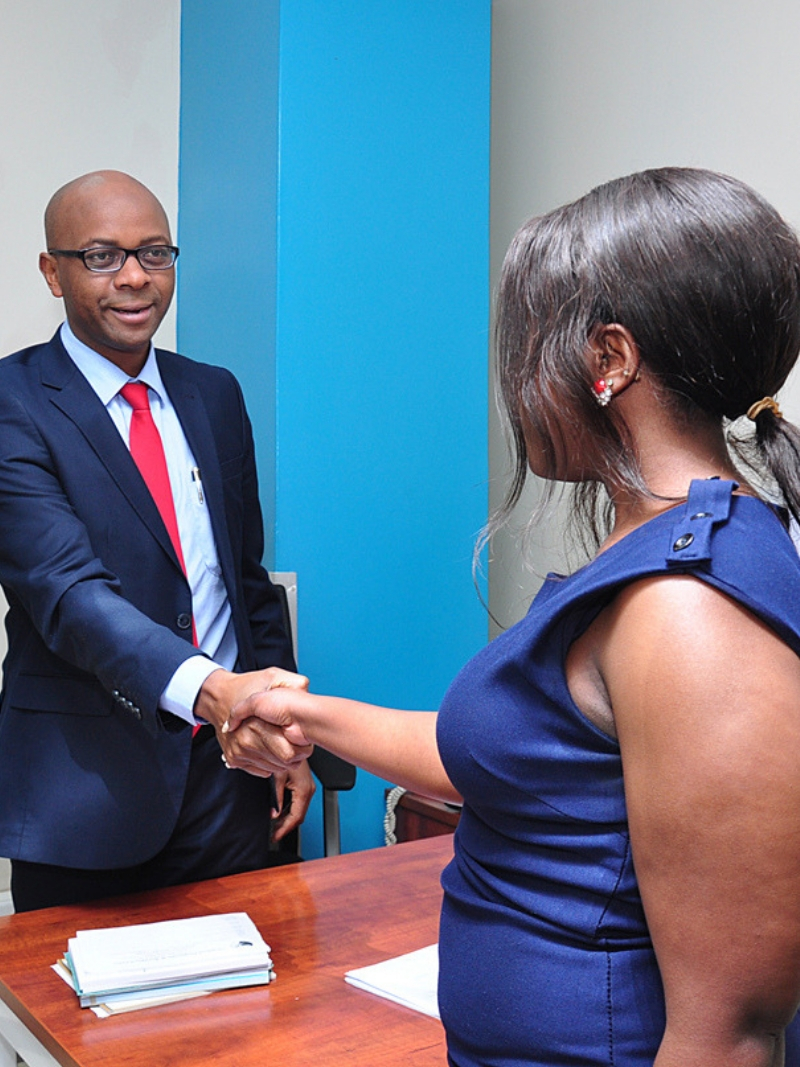
Your surgery options include:
Arthroscopic surgery. Depending on your injury, your doctor may be able to examine and repair your joint damage using a fiber-optic camera and long, narrow tools inserted through just a few small incisions around your knee. Arthroscopy may be used to remove loose bodies from your knee joint, remove or repair damaged cartilage (especially if it is causing your knee to lock), and reconstruct torn ligaments.
Partial knee replacement surgery. In this procedure, your surgeon replaces only the most damaged portion of your knee with parts made of metal and plastic. The surgery can usually be performed through small incisions, so you’re likely to heal more quickly than you are with surgery to replace your entire knee.
Total knee replacement. In this procedure, your surgeon cuts away damaged bone and cartilage from your thighbone, shinbone and kneecap, and replaces it with an artificial joint made of metal alloys, high-grade plastics and polymers.
